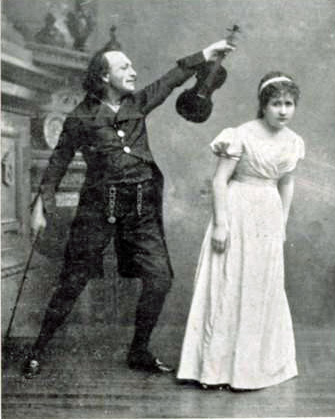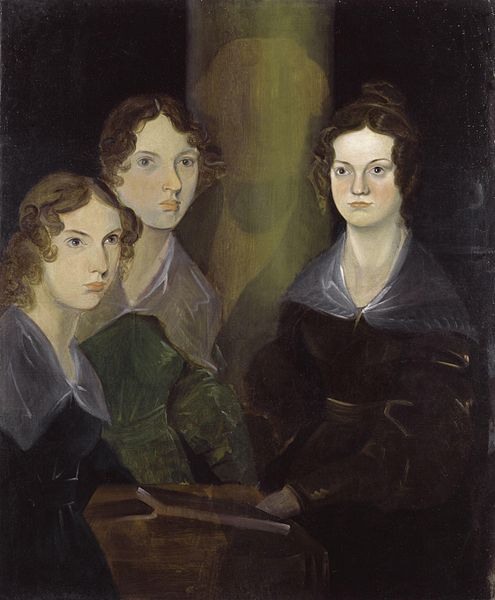photo: Émile-Alexandre Taskin and Adèle Isaac as Dr. Miracle and Antonia in the premiere of The Tales of Hoffmann, 1881 (Bibliothèque nationale de France, département Musique)
Austerlitz is a novel that subversively and gracefully explores the art and artifice of the memoir form: an unnamed narrator reports on the memoirs of a man named Austerlitz, who has only recently begun to research and discover his own past, which has been obscured from him for decades by traumatic amnesia, and of which virtually no traces of supporting data remain after the Holocaust. How does Austerlitz discover that past? By an obsessive study of architecture, which leads him away from the book he’s supposed to be writing, and on a quest to discover why certain kinds of railway stations, village layouts, and styles of fortification bother him so much. Memory exists in buildings; memory is made, brick by brick, image by image, word by word; memory is built at several removes from “experience” and only in fragments. It’s a view of fiction/memoir that allows fiction writers to get past the more defensive and self-limiting aspects of the fiction/memoir divide, yet challenges the assumption that fiction is only imagination, while memoir is a depository of unvarnished, authentic truth.
Continue reading









